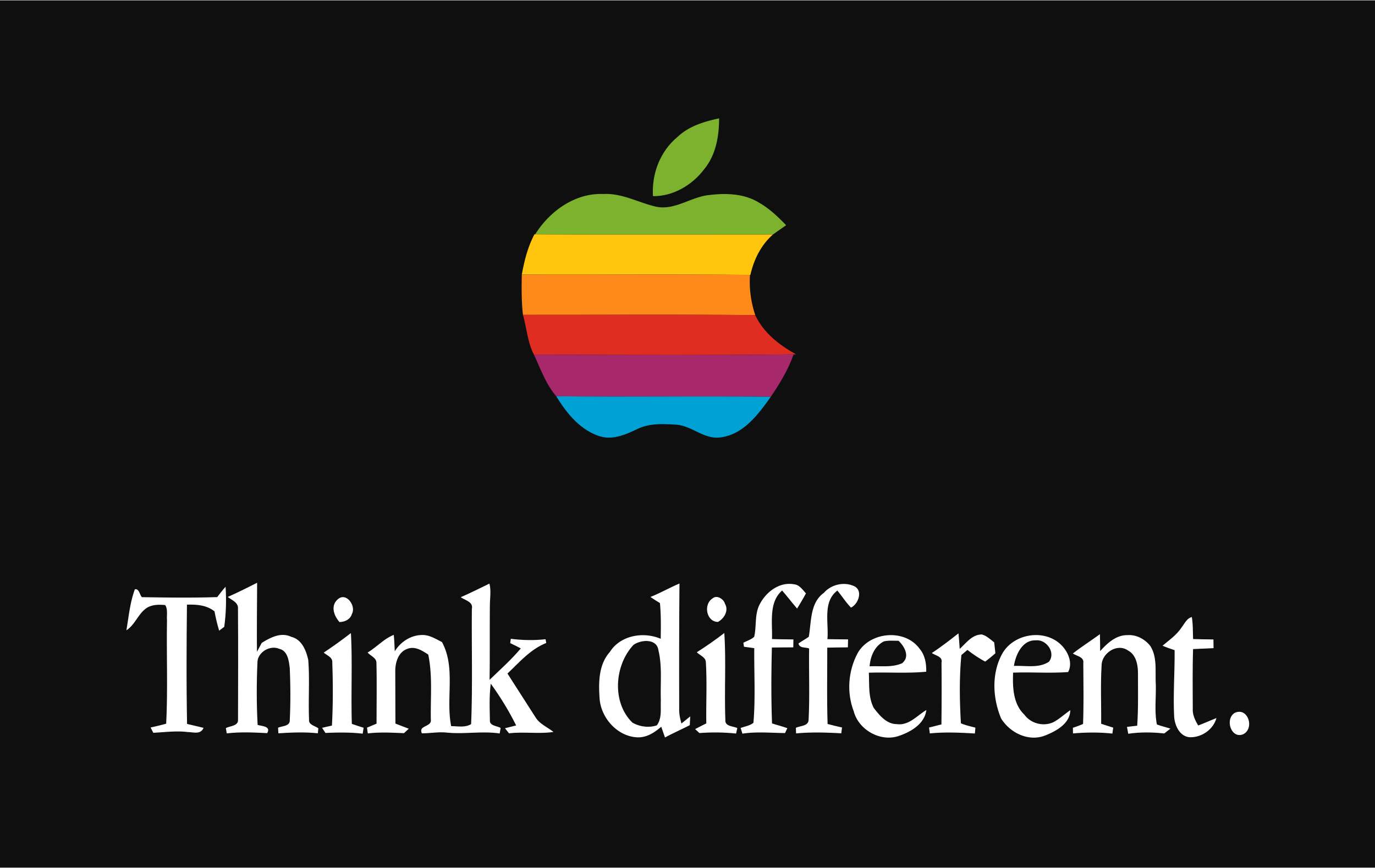Summary

Introduction
This graphic depicts the Apple tagline and logo; the campaign employed reasoned rhetorical appeal to arouse viewers’ common sense, beliefs, and values by praising revolutionary leaders and explaining that creative thought causes good change. Apple is based on the pre-existing fundamental reality that a group of historically prominent people has some characteristics despite their various and presumably disparate effects on society. A few of these characteristics are questioning the current quo, thinking differently, and having a strong desire to alter the world. The statement celebrates individuals that think differently, such as Apple, since they are the ones who contribute to the betterment.
Analysis
The promotion presented its new motto, Think Different, redefining the image of a company, principles, and attitude – both inside and internationally. The logos of Apple’s simple advertisements rely on the implicit notion that their stable and accurate innovation is of exceptional quality. The ad was a homage to extraordinary societal personalities who think creatively, which is one of civilization’s primary motivators. This picture shows by its example what the hidden meaning behind it can be. It may be the fantasy of the person who is looking at it; it may be the associations associated with the message of the picture. The main thing that affects this picture is the story that it keeps in itself.
To bolster the claim to think differently, the leveraged campaign credibility (ethos), a rhetorical reference to dissidents’ character, personality, and principles. The professional actor who reads the narration lends credence to the firm and uplifting message. Throughout the sermon, individual ethics and ideals are called into question. The statement challenges the audience to rethink their own morals and take a different view by characterizing the transformational leaders as insane, misfits, rebels, and malcontents.
To persuade viewers, the campaign employed emotional (pathos) rhetorical appeal to arouse sentiments, wants, and concerns. This sparked creativity, awe, and a sense of belonging. Viewers were filled with delight as they saw the insurgents, which may have been the first time most of them had ever seen such a fantastic collection of figures who had built civilization. The uplifting visuals and film instill hope, happiness, inspiration, and love. Those who get the signal think differently, viewing Apple as a representation of their distinct beliefs and ideals as the counter-culture.
By glorifying heroes, the program appealed to viewers’ common sense (logos), explaining that creative thought promotes good change. People are urged to consider these icons’ fantastic personalities (ethos) to find brilliance in having a different opinion, Apple’s new motto. Viewers felt delighted (pathos) while watching the advertising, which may have been their first encounter with such a fantastic collection of icons. The success of the “Think Different” promotion, along with Jobs’ comeback, boosted the Apple brand and restored its counter-culture aura.
Conclusion
The Apple statement and logo are depicted in this image; the campaign used reasoned rhetorical appeal to stir viewers’ sound judgment, emotions, and principles by applauding revolutionary leaders and demonstrating how creative thought leads to positive change. Apple’s basic commercials’ logos rely on the implicit assumption that their consistent and accurate innovation is of excellent quality. This image exemplifies the hidden meaning behind it may be. By describing transformative leaders as mad, misfits, rebels, and malcontents, the remark encourages listeners to reassess their own morals and take an alternative perspective.
Work Cited
Apple. “Think Different.” Wikipedia, 2011.